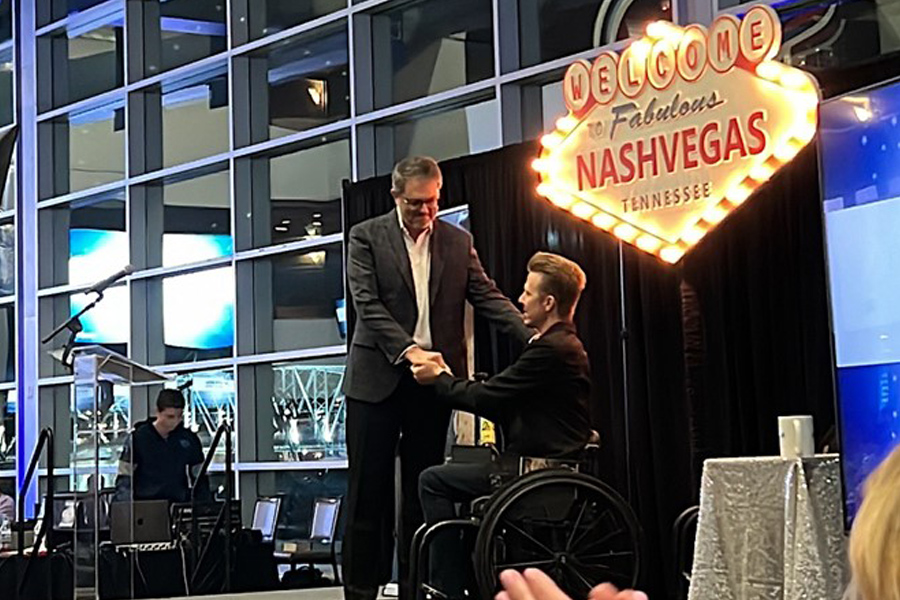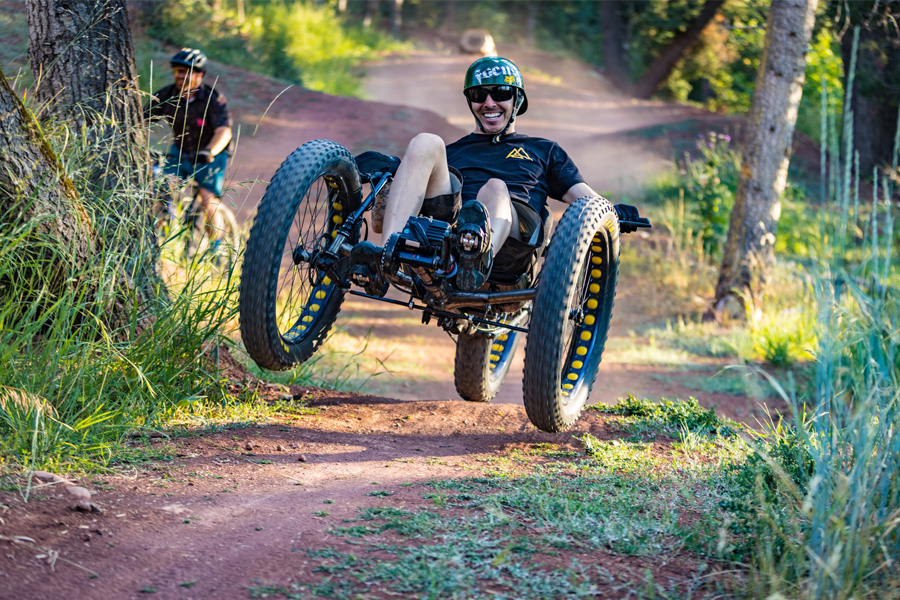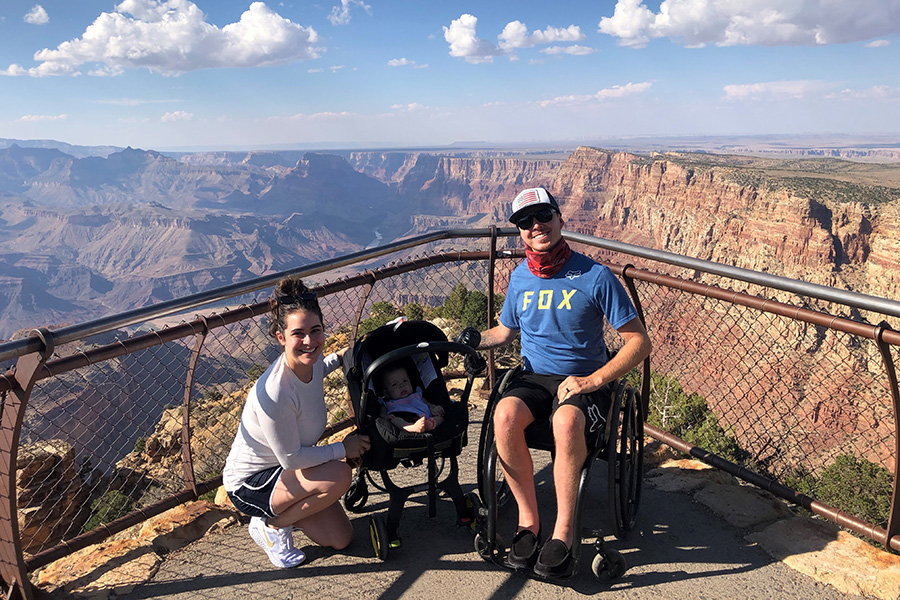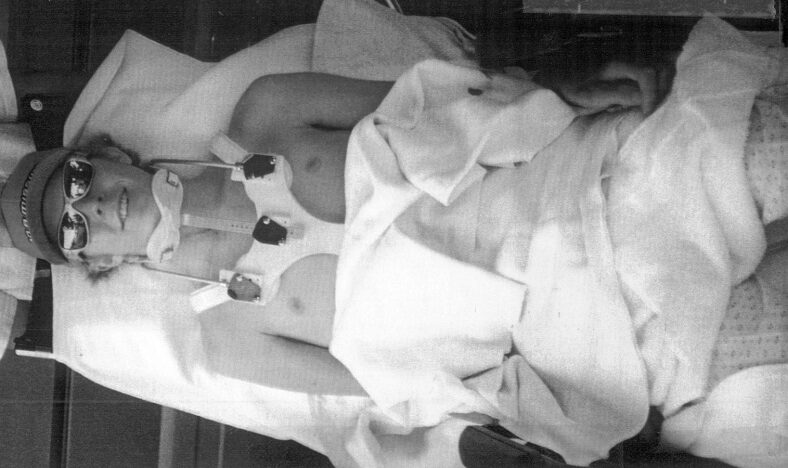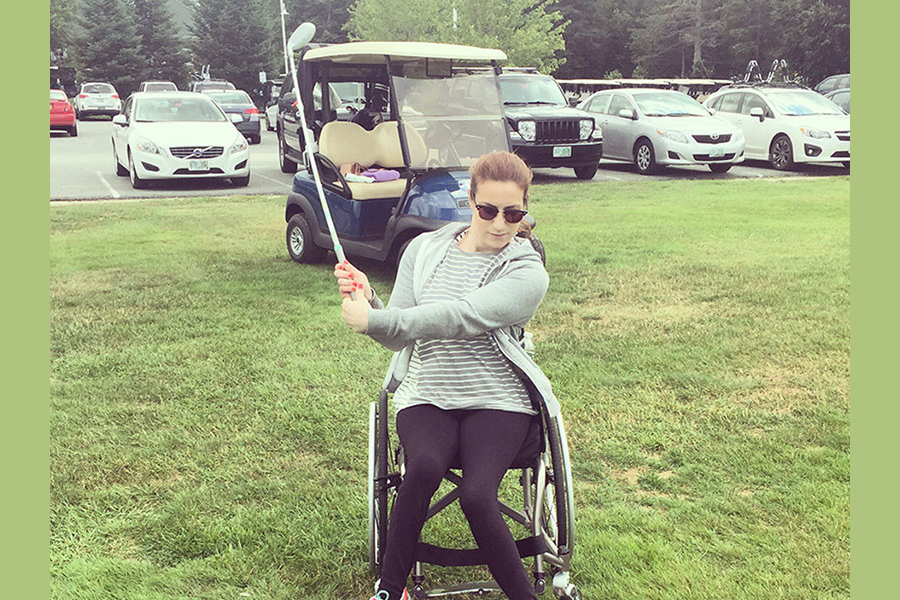An average day living with a spinal cord injury can be challenging by itself: one must compartmentalize many obstacles when moving from point A to point B. From the bed to the bathroom and from dressing to the dining table, it is all an exercise of will, perseverance and patience just to get out the door. Now add pain into the mix and a normal day can turn from a struggle into an inescapable nightmare.
As a recovering C-4, 5, 6 quadriplegic, I live with multiple complications from my spinal cord injury – sporadic pain being one of them. Some days, without any rhyme or reason, parts of my body feel like they are either on blazing-hot fire, freezing-ice cold, or annoyingly prickly or tingly. These sensations can be borderline unbearable and force me to take some kind of immediate action and readjust my day or night accordingly.
What is Pain?
My experience and personal research have taught me that pain is an electrochemical signal. It originates in the nervous system and is sent to the brain, alerting us to a possible injury somewhere in the body.
I am not a doctor, but I do know there are multiple types of pain a person living with paralysis can experience. Musculoskeletal or mechanical pain, which often occurs above a person’s level of injury, is often a result of overuse or misuse of non-paralyzed, functional musculature. There is also central pain or deafferetation pain, that can be experienced below the level of injury, like mine, where I feel burning, aching and/or tingling pain.
Note: My painful sensations did not occur immediately after my injury. They manifested over time, as my body continued to heal and rewire itself. I began to learn that my body expressed pain as a sensation of heat, a familiar, yet perplexing signal of concern.
Then there is psychological pain, a very real, emotional component to the experience of pain that can be attributed to stress, anxiety and/or depression.
These types of pain can be grouped into two categories. Acute Pain often caused by trauma and usually diagnosed and treated well, limiting the discomfort and managed over a shorter period of time. Chronic Pain (Neurogenic or Neuropathic, also known as Nerve Pain) is much more complicated and is the body’s pain alarm malfunctioning. It often does not go away and is resistant to most medical treatments.
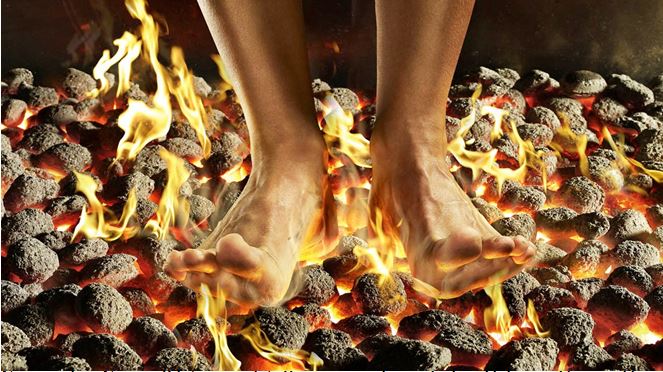
How I Manage Pain
I live with a high level spinal cord injury. My entire body and brain are constantly sending mixed signals, sometimes tolerable, other times, not so much. My challenge is to listen and decipher whether I am experiencing good pain (muscle soreness and fatigue) or bad pain (a real signal of concern that needs medical attention) and treat these symptoms, or preempt them before they manifest in a more serious way.
If I suffer an acute, musculoskeletal/mechanical injury, I first see a doctor and have the injury evaluated and/or x-rayed to learn the extent of the injury. I then follow a medical protocol for recovery which almost always includes ice and immobilization. For the more complex, chronic, neurogenic/neuropathic pain, I have learned to use a combination of three methods to manage these symptoms:
1. Movement – Moderate to heavy exercise always seems to have a positive effect on the burning sensation in my body. I attribute the change in physical position, increase in fluid circulation, muscle activation and endorphin chemistry as the components of function responsible for my altered pain perception. I call it, “self-induced suffering”, or “good pain” like I mentioned above. Pain on my terms.
2. Modalities – I have found that by using hot and/or cold water, either a swimming pool or Jacuzzi/bathtub has a tempering effect on my nervous system. The same goes for heat pads or cold packs applied to my body (Warning: be careful applying either heat pads or cold packs to areas of the body with decreased sensation. I have burnt my legs and back with heat pads. Not fun!)
Also, compression wraps and/or elevation of my arms or legs assists circulation and helps to keep my blood from pooling (a very uncomfortable, burning sensation).
3. Nutrition – I have been medication free for over 17 years and aside from the occasional ibuprofen, I primarily use foods with anti-inflammatory compounds as my main source of medication. I like to blend raw and vibrant fruits, vegetables, herbs and spices together into power-packed, easy to digest drinkables that help reduce inflammation within my joints, muscles and gastrointestinal tract.
And as for psychological pain, I will refer back to the aforementioned “self-induced suffering” statement. The bottom line is, there is often pain and suffering that accompanies life with a spinal cord injury. I personally prefer to suffer on my terms, by way of activity. I willfully go outside my comfort zone, participating in difficult, sometimes painful activities like, strength training, cardiovascular exercise, stretching and adventurous travel. And by being uncomfortable, I create a sense of tolerance and distinction between painful sensations. I can then lay my head on the pillow at night knowing “I” am responsible for this pain and these feelings, and thus I have a sense of control over the pain rather than the pain controlling me. This gives me peace of mind.
Best in Health,
– Aaron
For more information, see related articles and spinal cord injury resources here:






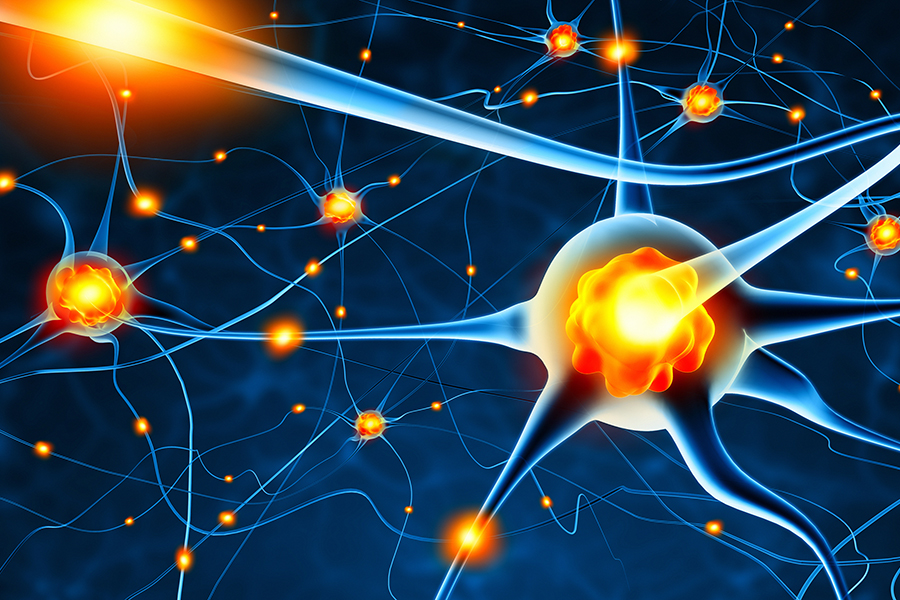



 I have c6 injury and I have lots of spasm in my whole body. What can you suggest to help?
I have c6 injury and I have lots of spasm in my whole body. What can you suggest to help?